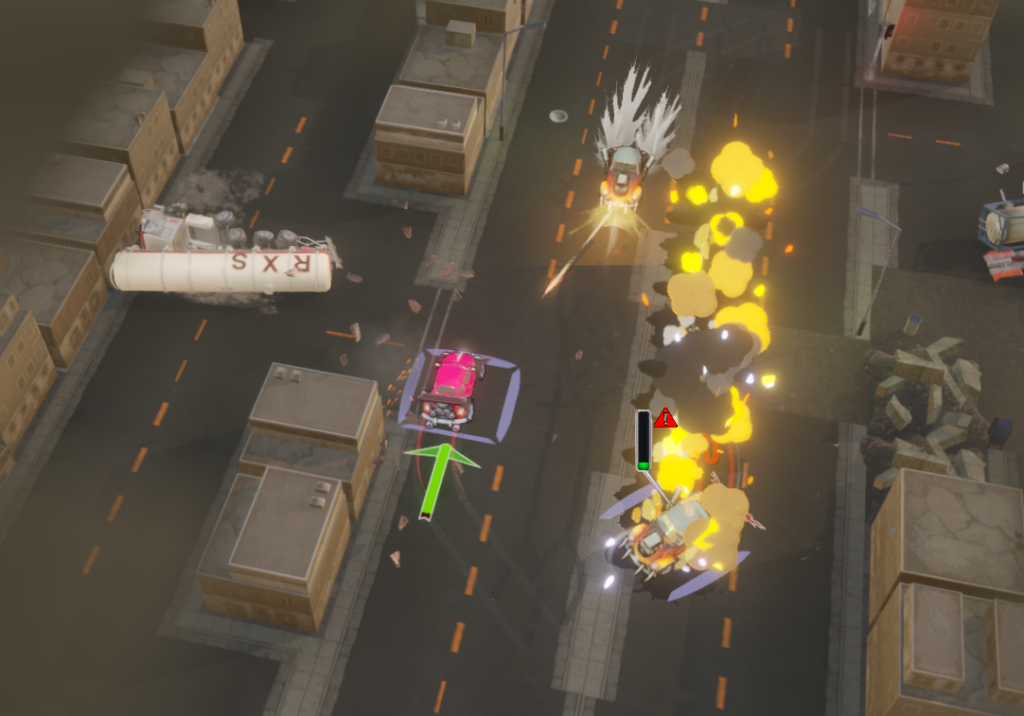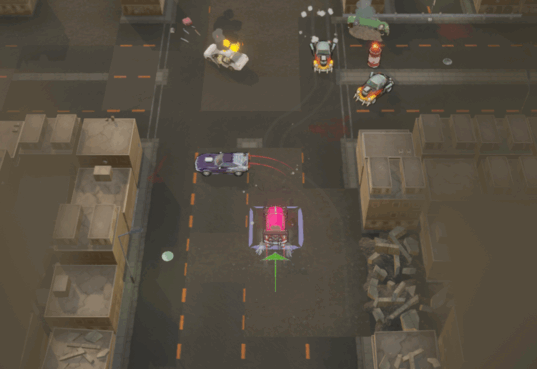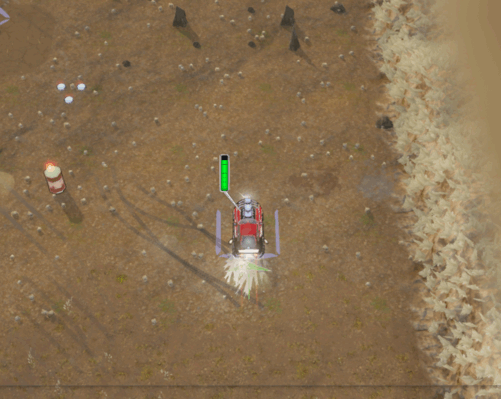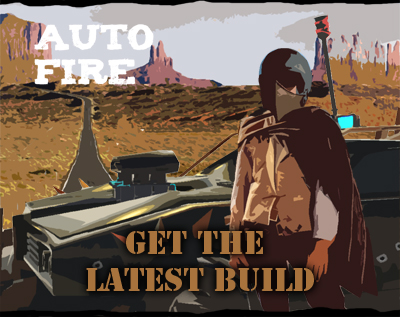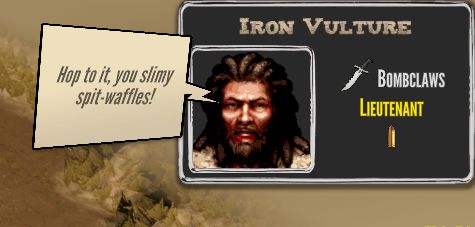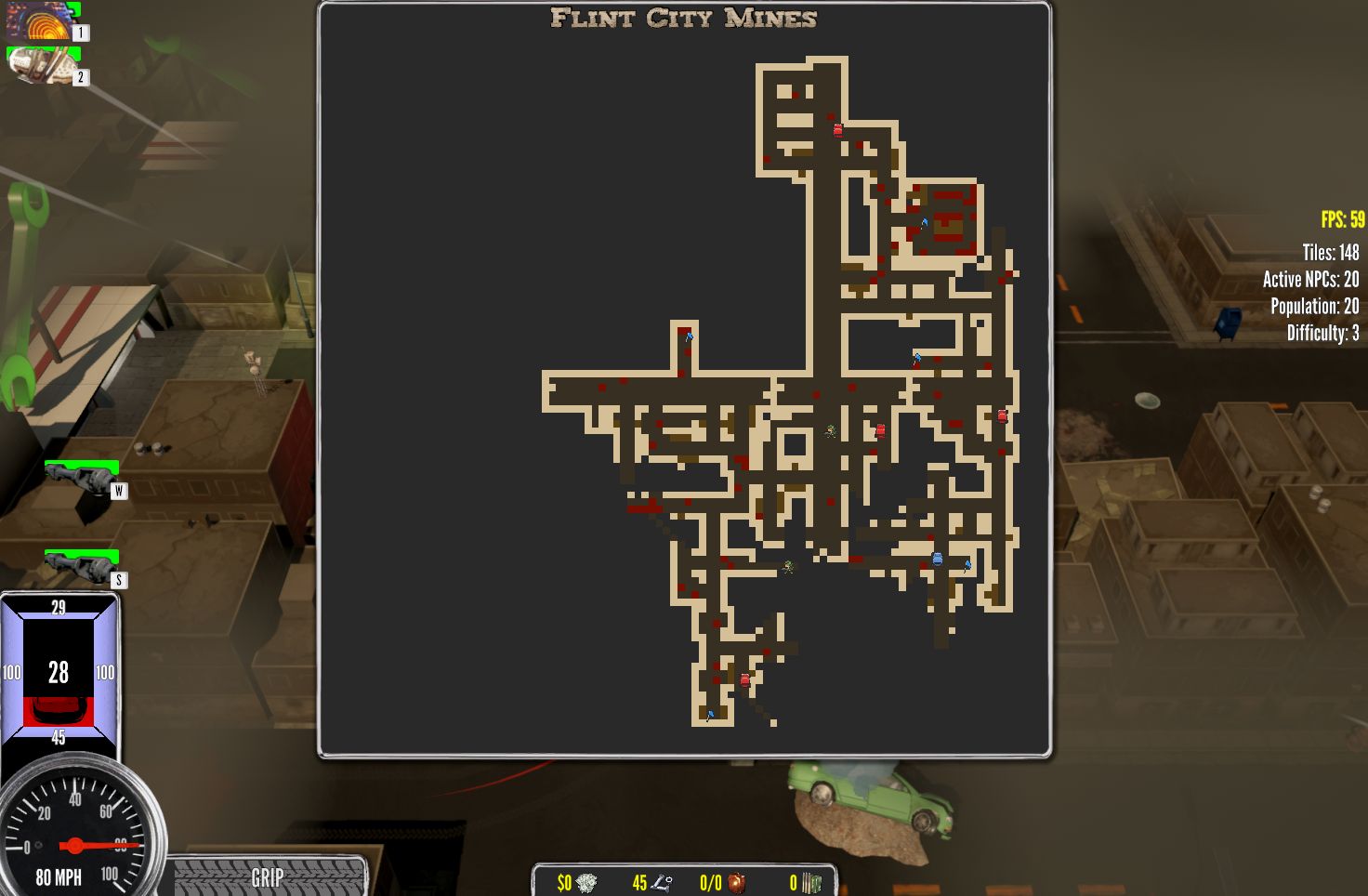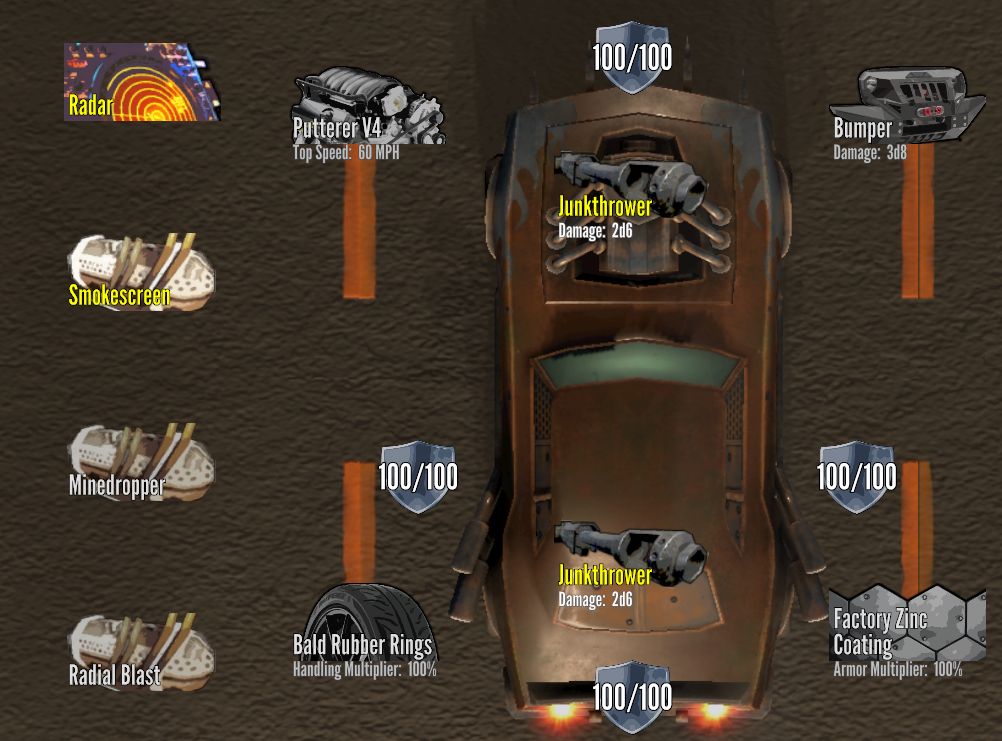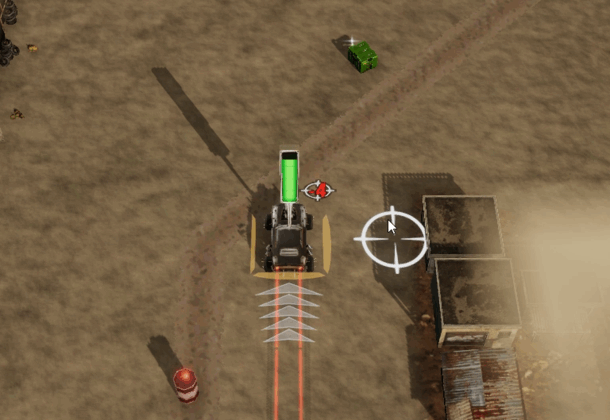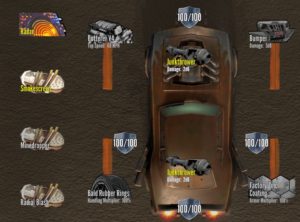This past weekend I attended the Roguelike Celebration, which I had heard was more of a fan gathering as compared to the developer-focused IRDC… Still, it’s a pretty cheap flight down to SF so I decided to attend based on the recommendation of friends. We thought it would be a good place to show off Auto Fire and gather good feedback from people that are dedicated to the genre.
What I wasn’t prepared for was that it was the single best developer’s conference I’ve ever attended, whether that was the focus or not.  Informative, entertaining, comfortable, stylish, professional… It was filled with some legendary creators and you’d be hard pressed to find even a shred of ego anywhere. Nothing but mutual respect and support, wall to wall.
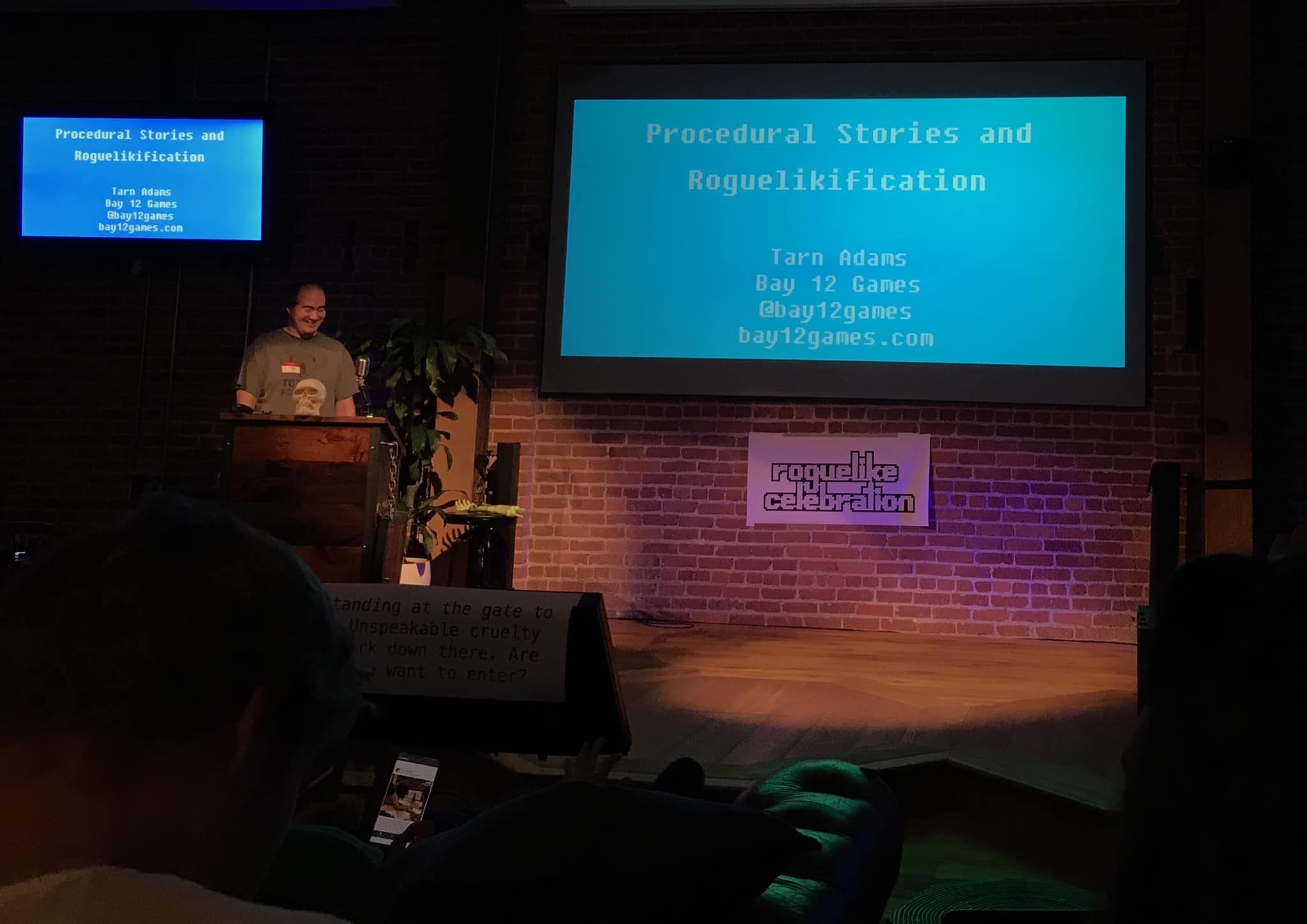
These people were accessible and open. They were humble and eager to learn themselves. They shared openly. Everyone was positive, whether we were discussing a text-based passion project with the classic @ for the player, or a high-falutin’ mass-market-friendly game using roguelike principles. (Which is good, because I’m aiming slightly for the latter, although I want to stop short of making a “Roguelite”).
There was talk after talk after talk, and most of the presentations were pretty relevant to general game creation beyond Roguelikes. In particular, Roguelike developers are intensely focused on two things…
The first is (of course) procedural generation. This includes not just map generation, but encounter/trap creation, procedural storytelling, god/pantheon/myth/food/whatever generation, and so on. What started as a passion for building noodly dungeon spaces has turned into a community dedicated to crafting entire universes through intensely clever processes.
The second is creating a flexible game architecture that allows for nearly infinite rule expansion. A trademark of Roguelikes is that the creators just add on feature after feature for years and years, which lead to so many interconnected systems that have to elegantly support (for example) the player getting polymorphed into some new form that has extra arms, which allows you to wield more weapons, or being able to animate any world object including bookcases and walls, then charming them to becoming your faithful pets.
The approach for solving this issue mostly shakes out to a couple core philosophies, but the humility, willingness to learn, and eagerness to share was pretty amazing from these creators…Â young or old, aspiring or legendary.
You can find the videos posted here. Check ’em out.
At the end of the first day, they set us up in GitHub’s phenomenal common area with drinks and food and let whomever set up whatever they were working on and showing it off. I had a potato-level laptop that barely ran Auto Fire at 2 FPS, but a fantastic soul named Jaxon (whose last name I unfortunately never discovered) was amazingly cool enough to let me use his super-baller laptop for the night. Jim spectacularly scrounged up a giant TV and we were able to show it at around 100 fps x 55 inches.
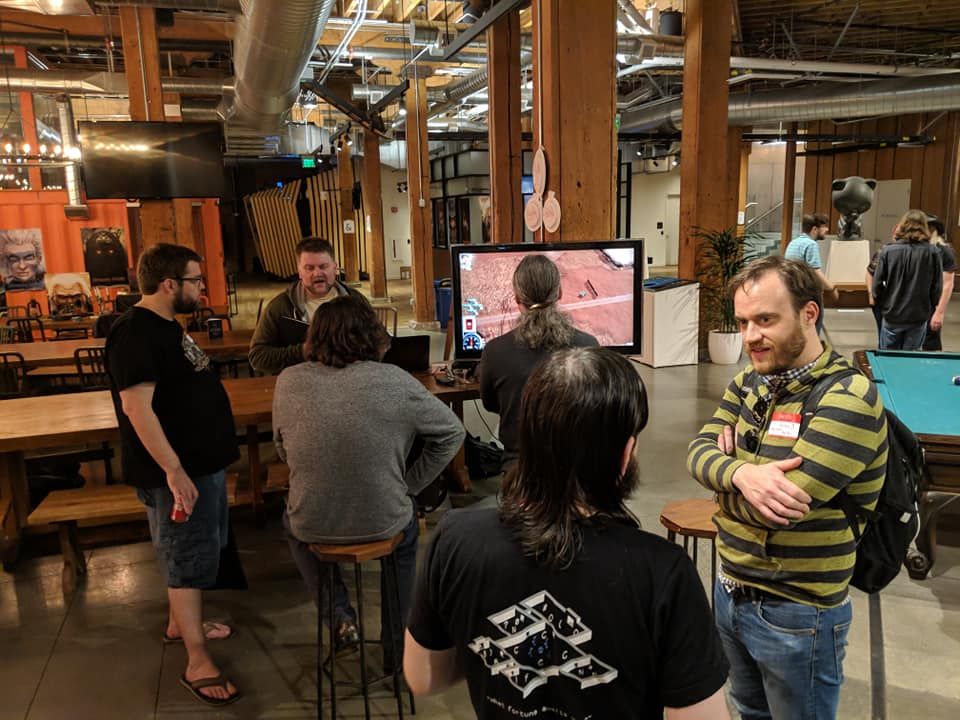
It was a blast and tremendously inspiring to he feedback was awesome. I got some really good comments on the game and came back with a big list of what sorts of things I wanted to take care of.
I am working on the skid model most of all. I just showed it at the Roguelike Celebration conference and got a lot of good feedback. I want players to be keenly aware of how close they are to skidding out, and to be able to better influence their skids once the tires break loose. I think a combination of feedback and control tweaks will help that.
I am eager to push into more content so that I get more of a game loop, but UI and feedback will be visited up front. I want to get another update out before I head to Wisconsin next week.
